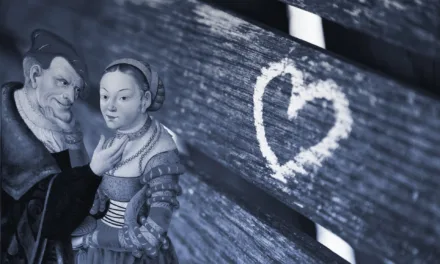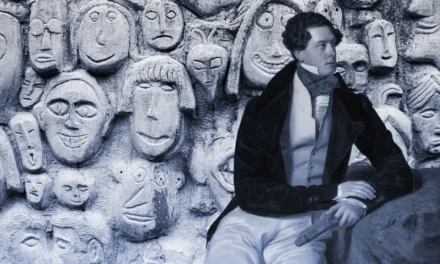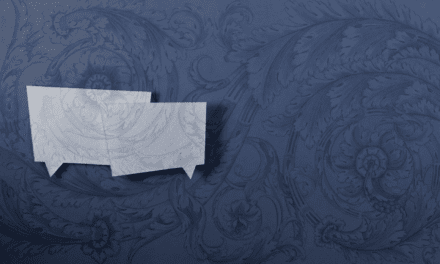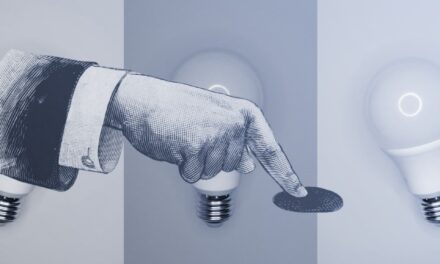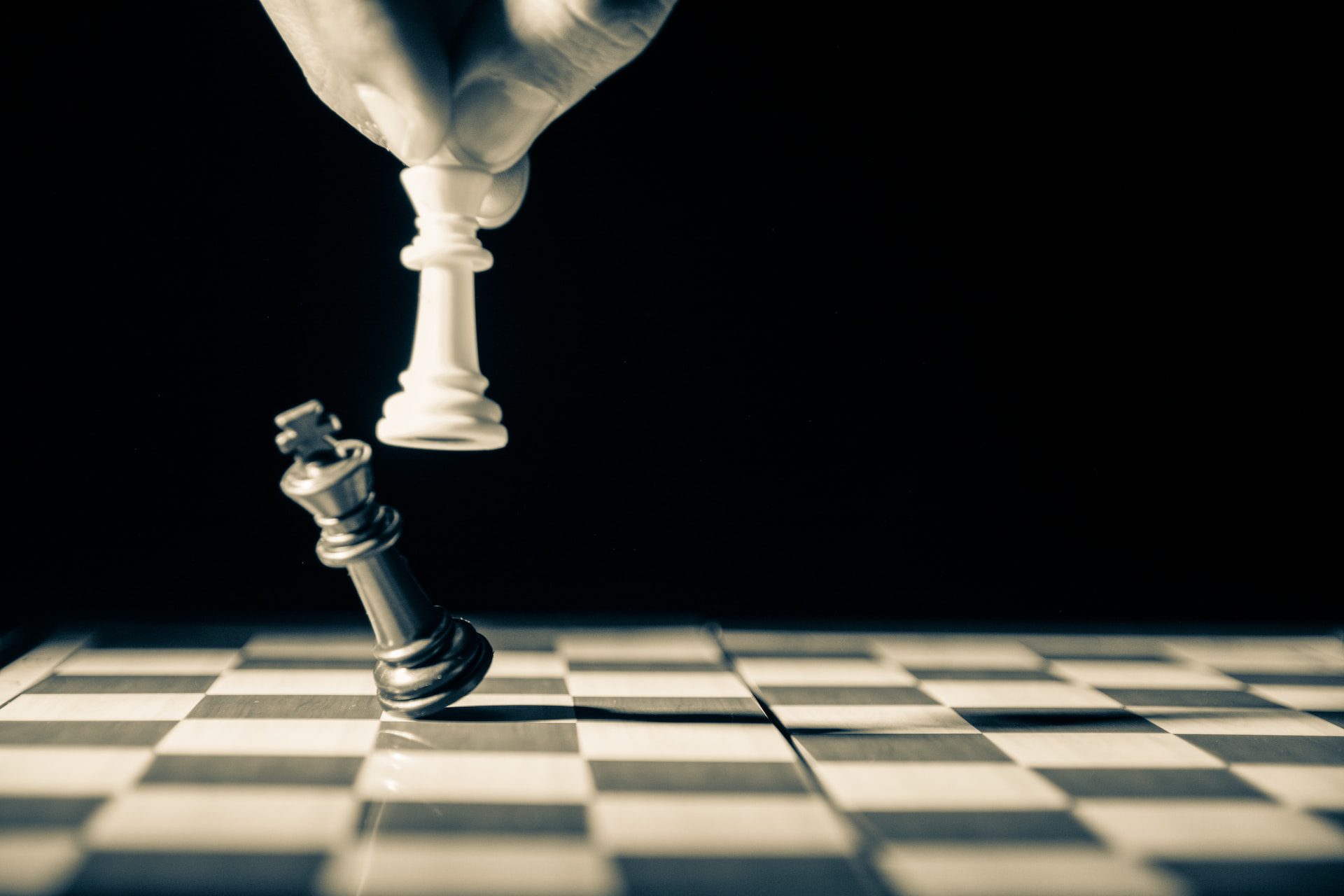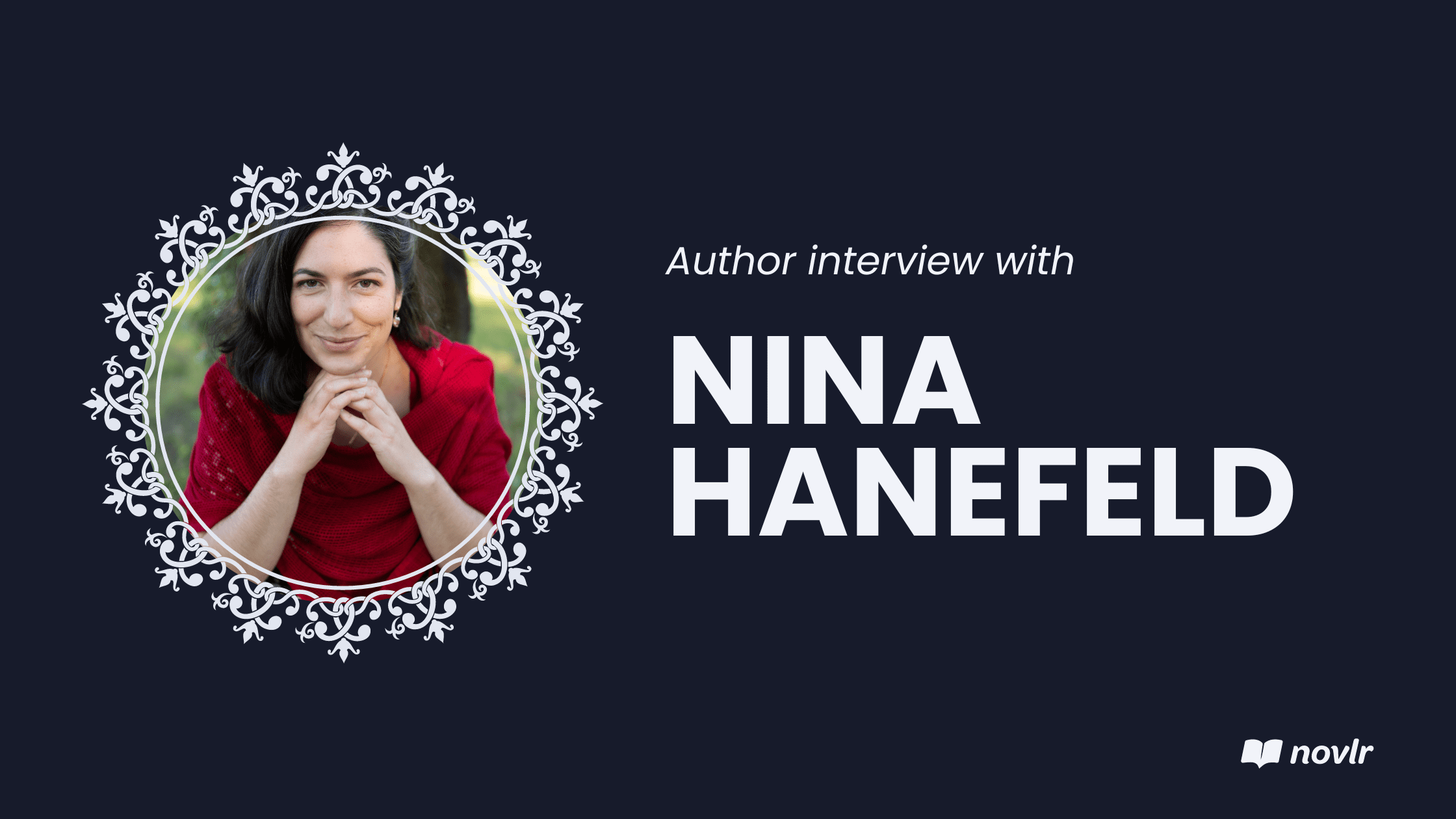
Character Archetypes and How to Use Them in Your Novel
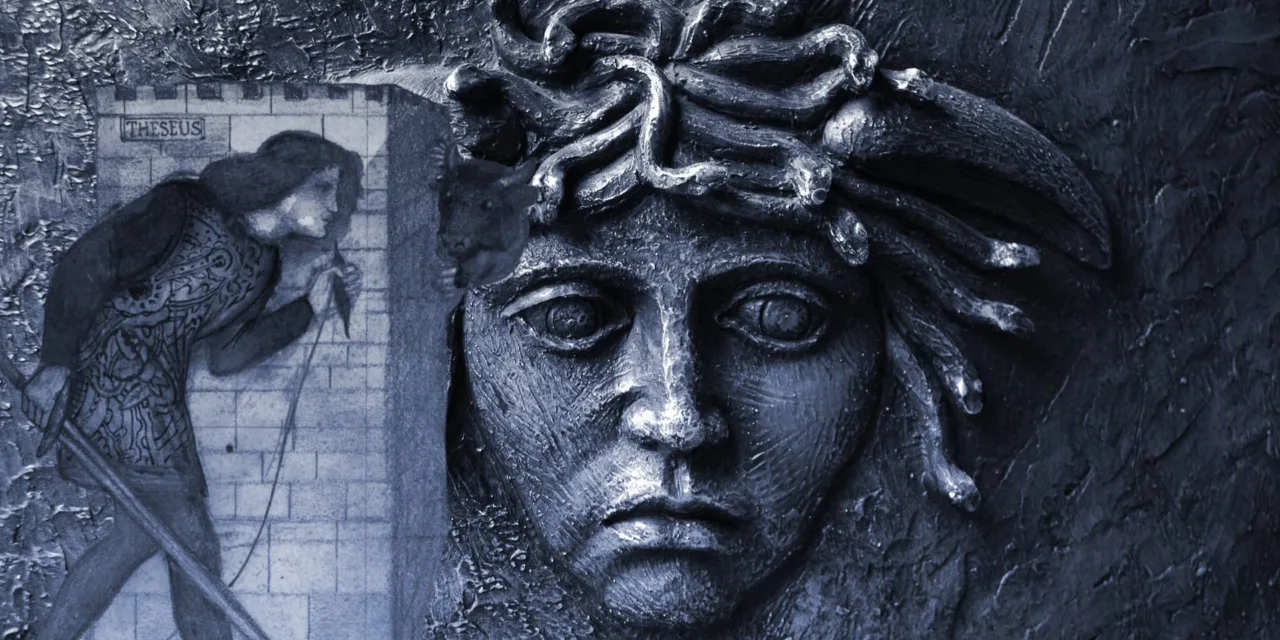
If you’re a writer and you’ve had any type of online presence in the past few years, you may have come across the term “character archetypes.”
The idea of the twelve character archetypes was suggested by the Swiss psychiatrist Carl Jung. His theory on basic human personalities suggests that each human is led predominantly by one of four motivations during their lifespan, split into three separate character traits.
Before we get into this, it’s important to note that neither Jung (nor myself) insists that these archetypes are the only types of personalities for people, and by extension, characters. He believed there were infinite ways of matching the specifics of each archetype, and that one person could relate to several archetypes, with one being most dominant in their personality.

Motivation 1: The Spiritual Journey
The Sage
The Sage tends to be the most intellectual of the types and relies on wisdom, knowledge, and analytical skills to get them through almost anything. They value logic and knowledge above all. They always know what to say and come armed with a quote or a fun fact as a response to almost anything. However, their downfall is that they’re quite open with their words, but bad at taking action.
Characters with the sage archetype often act as mentors or advisors, so it’s easy to see how characters like Gandalf fit into the archetype.
Tyrion Lannister is also predominantly a sage, acting as an advisor to the king, always armed with a witty comeback and logic on his side.

The Innocent
The Innocent is the type who is always striving to do the right thing and to be the best self they can be. They believe in personal freedom, are always optimistic, and continually pursue happiness. They have a tendency to see only the good in people, which results in them developing naive and people-pleasing traits. Modern media often portrays this archetype as a boring or nagging character.
Luna Lovegood is a good example of the innocent archetype, always bubbly and seeing the positives in any bad things that happen to her.
Rose Dawson from Titanic is also an example of The Innocent. She loves to meet new people and learns to love them for who they are as she tries to break free from the judgemental ways of her family.

The Explorer
The Explorer, as the name indicates, is among the most adventurous of types. They love to set out on quests, be free to roam and discover new things about the world, but are also open to discovering new things about themselves. They love to grow and learn. Their biggest pitfall is the idea of perfection. Because they’re always searching to improve, they’re hardly ever satisfied. They also tend to get bored easily.
John Locke from the TV series Lost is a prime example of an explorer. He sets out on a journey, and his motto is always “don’t tell me what I cannot do.” He loves following an adventure and learning new things about the island he’s stuck on – appreciating the opportunity given to him.
Sherlock Holmes is an unlikely character to expect as an explorer. But if we uncover his motivation, we’ll eventually reach the conclusion that, while he relies on his intelligence and ultimately catches the bad guys, for him it’s all about the game, the journey, finding new information, and uncovering the truth.

Motivation 2: Leave a Mark
The Magician
The Magician loves to make an impact. They love to search for solutions, to grow, and to learn. They’re interested in learning as much as they can about the universe and the world around them, and they’re stubborn by nature. They’ll do anything to achieve something once they’ve set out to do it. To reach their goals, they can sometimes be manipulative and will not be pleased if they fail, resulting in displays of excess emotion.
Being a literal magician isn’t the only reason Hermione Granger fits into The Magician archetype. She’s stubborn in finding ways to resolve things and believes she holds all the answers. As a consequence, she tends to get quite emotional when these traits don’t get her what she really wants.
Another character who fits the type who desires to make an impact on the world by learning about the cosmos is Dr. Strange from the Marvel cinematic universe.

The Hero
Contrary to popular belief, The Hero does not fit every story’s protagonist by default. The Hero’s main motivations are power, honour, and bettering themselves. They will do anything to win, and they’ll never give up. These types are incredibly ambitious and crave to be noticed and useful to the world through their bravery. Their most common downfall is their arrogance and tendency to forget about those closest to them in their quest to prove themselves.
Beth Harmon from The Queen’s Gambit is the perfect example of the hero archetype. She sets out on her quest to become the best chess player in the world and becomes almost blind to everything and everyone else around her.
Another character who fits into the archetype is Peter Parker, your friendly neighbourhood Spider-Man. Although Peter goes to greater lengths to care for the people around him, he is still a victim of his own arrogance as he tries to prove himself to be worthy of the Avengers.

The Outlaw
The Outlaw is the type who likes to challenge the social standards of their day, their employment, their country, or any constricted situation in which they may find themselves. Sometimes referred to as The Rebel, they like to provoke the higher authorities and search for a revolution. They can easily become self-destructive and ignore their own feelings.
Katniss Everdeen is the perfect example of an outlaw. She challenges the country in which she’s born, calls for a revolution, and becomes a symbol of freedom for her people. But in the midst of it all, she ignores her own feelings, and those closest to her suffer because of it.
Eve Polastri from the series Killing Eve is another great example of an outlaw. She constantly challenges her bosses and herself, unable to stand the typical way of doing things. She becomes self-destructive because of her obsession with her goal, and this affects her marriage, career, and her friendships.

Motivation 3: Connect With Others
The Lover
The Lover seeks to experience love in all forms, and the thing they love to do even more is to rub it in other people’s faces. They believe love is the answer to everything. They also love pretty things, enjoy life, and value beauty above all else. They can sometimes lose themselves in other people, or forget about their own individuality to adapt to their significant other.
Cassie Howard from Euphoria is a perfect example of The Lover. She wants to be loved so much that she is willing to completely alter herself and lose her own individuality in the process, just to experience love.
Eric Effiong from the hit Netflix series Sex Education can also be sorted into the lover type, where he pursues an unlikely love interest just for the sake of love itself — though he eventually notices the impact this type of relationship is having on his own personality.

The Jester
The Jester, as the name suggests, likes to mess around and is never serious. They enjoy the little things in life, make everything into a joke, and lighten the mood everywhere they go. They tend to be honest and direct, but they can also be lazy and struggle to keep track of the serious, earthly things in life.
Nathan Young from Misfits is the prime example of a jester, with his complete inability to lead a stable life, but the constant good mood and terrible jokes.
Chandler Bing also easily fits the jester archetype.

The Everyman
The Everyman, sometimes referred to as The Orphan, is quite the gloomy type. They have been hurt in the past and have some deep wounds that they are working on healing. They tend to come from a place where they don’t fit in, with no family or real connections to boast of. Their main goal is to find a place they feel safe. They are often unable to connect well with others or allow them to help, and are cynical by nature.
Believe it or not, despite a common assumption, Harry Potter fits into The Everyman archetype, and not The Hero. Harry isn’t arrogant, and he always puts other people before himself. He actually fears letting other people help him and takes that burden on himself. It isn’t until the last film that he actually allows his friends to fight for him.
Jon Snow from Game of Thrones also shares these qualities.

Motivation 4: Provide Structure
The Ruler
The Ruler is obsessed with power and control. They believe themselves to be the only one who can bring order, and they strive for perfection and excellence. This often isn’t unfounded, as they do have the makings and brains of an impeccable leader. It’s easy to see how these types can develop into tyrants, and they have a great disposition to become the villain.
Danaerys Targaryen is The Ruler archetype incarnate.
Another good example of a ruler is Villanelle from the series Killing Eve. She thrives on control and strives to be the best at her job that she can be. She feels threatened in situations where her skills are put to the test.

The Creator
The Creator is by definition a creative type. They’re innovative and love all things new and different. They don’t like to conform to the status quo and love being different. They’re smart, imaginative, independent, and perfectly capable on their own. Their weakness is being too focused on perfection, and they might get overwhelmed with their ideas and end up not acting on them.
Phoebe Buffay is an example of The Creator archetype. She doesn’t conform to any regularities and likes to stand out – with her fashion sense, her beliefs, and even her one-of-a-kind humour.
Kevin McAllister from the Home Alone films is also a type of creator. He uses his smarts and imagination to solve his issues quite successfully.

The Caregiver
Our final type is The Caregiver. These are parental figures who strive to protect those around them from any harm. They tend to mask their protective instincts so as not to come off as too sensitive. They can fall into the trap of self-sacrifice, or even become martyrs.
Jim Hopper from Stranger Things is a hidden caregiver. He attempts to mask his good qualities at the beginning of the story, but as we learn more about him, the good intentions of his heart become clear.
Samwise Gamgee from The Lord of the Rings is a typical caregiver too, one who would do anything for Frodo.


